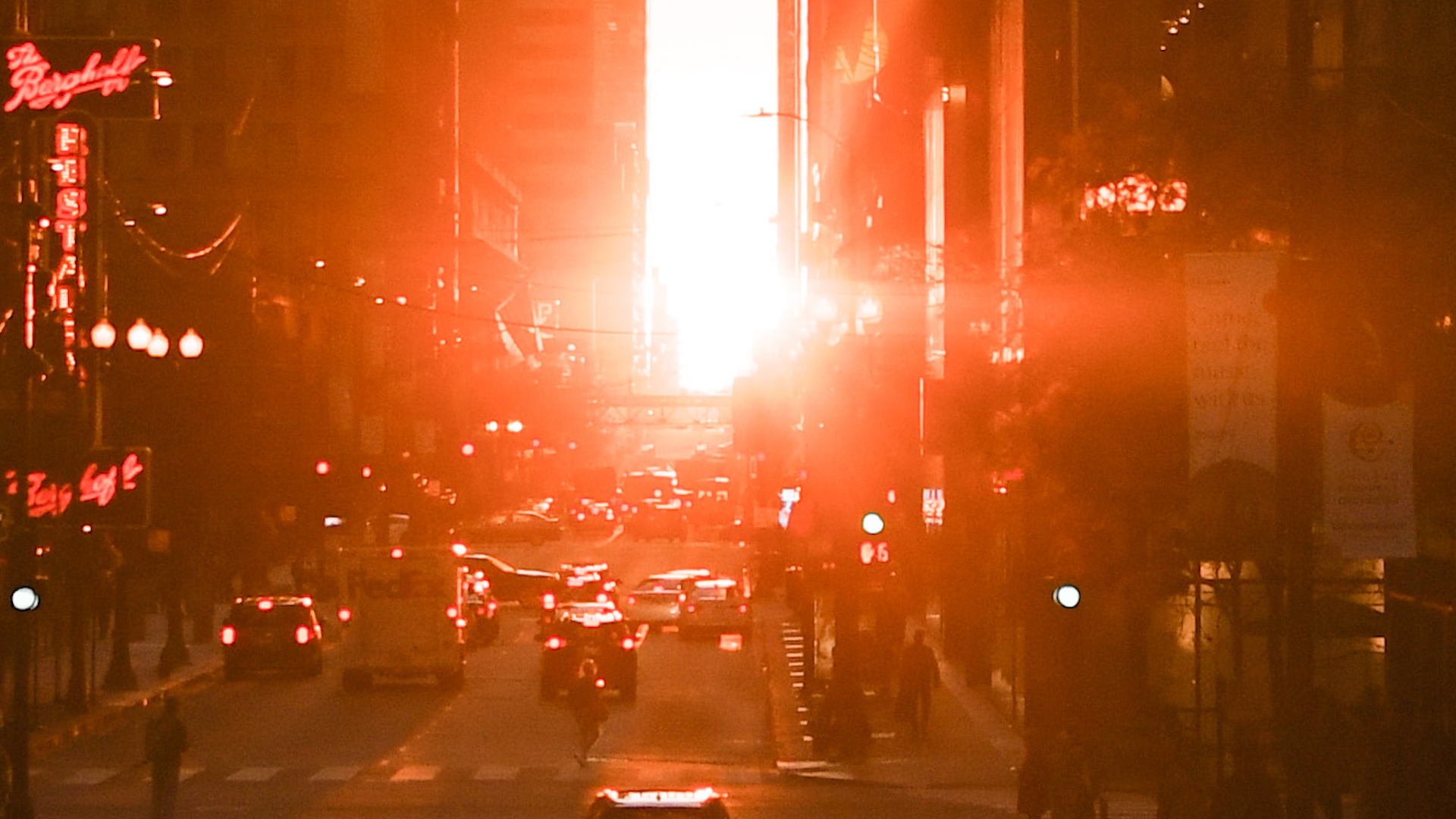Have you noticed that in a lot of cicada scenes reported since the historic 2024 emergence began, large clusters of the insects are seen swarming the same tree?
There's a reason for that.
According to experts, when male cicadas sing their mating call, it attracts other males to that location to do the same.
Known as "the chorusing center" the loud mating calls then attract females to the screaming tree to fly in and mate.
Now, not everyone may be experiencing the sounds just yet.
According to Dr. Gene Kritsky with Mount St. Joseph University in Cincinnati, it takes five days for a cicada to begin singing after it springs from the ground.
The insects then reach peaking singing until they begin to die off about four weeks later.
Local
In addition to the mating call, Purdue University notes that "cicadas need to feed on trees nearly constantly for most of their lives."
"They are therefore typically only found in areas that had trees 17 years ago and have continued to have trees since then," the university notes.
Feeling out of the loop? We'll catch you up on the Chicago news you need to know. Sign up for the weekly Chicago Catch-Up newsletter.
Cicada sightings have been climbing in the Chicago area following a hot weekend.
A map that tracks cicada spottings across the U.S. shows some of the highest sightings have been reported in suburbs west of Chicago, particularly near the Downers Grove area.
There, such screaming tree swarms have already been reported.
The current emergence is a scene that hasn't been seen in centuries. The historic 2024 emergence involves two broods of cicadas - Brood XIII and Brood XIX - emerging simultaneously. Those two broods of 13-year and 17-year cicadas haven't emerged together in more than 220 years.
"This is like the year for Illinois," cicada expert Catherine Dana, an affiliate with the Illinois Natural History Survey, told NBC Chicago. "We are going to have cicadas emerging all over the state."
While much of Illinois will see at least one brood emerging, a narrow part of Central Illinois could see both. But there's no way to know for sure just by looking at the cicadas, Kritsky said. The only way to know will be to check the area in 13 and 17 years to see if cicadas from each brood emerge.
Warm weekend temperatures likely sparked an increase in the emergence in the Chicago area, as experts said the emergence would begin in force once ground temperatures reached 64 degrees.
The emergence has even started earlier than average in Illinois.
According to some experts, the emergence of the first cicadas came about two weeks ahead of the historic average. It will continue to be sporadic, however, as soil temperature, mulch and turf grass all impact cicadas differently. For example, the soil is warmer near pavement, so cicadas in the those spots are expected to emerge quicker.
A rise in humidity levels can also play a role, the Insect Asylum reported.
PHOTOS: The 2024 cicada emergence in Chicago area and Illinois
That could mean sightings will climb even higher this week as humidity levels are on the rise in the area.
As of Monday morning, NBC 5 Storm Team meteorologists said dew points were set to climb into the low-to-mid 60s, up from the 50s over the weekend. They'll likely stay at that level again Tuesday.
Cicadas have a lifespan of approximately four weeks, meaning the emergence is set to last through at least mid-June.



